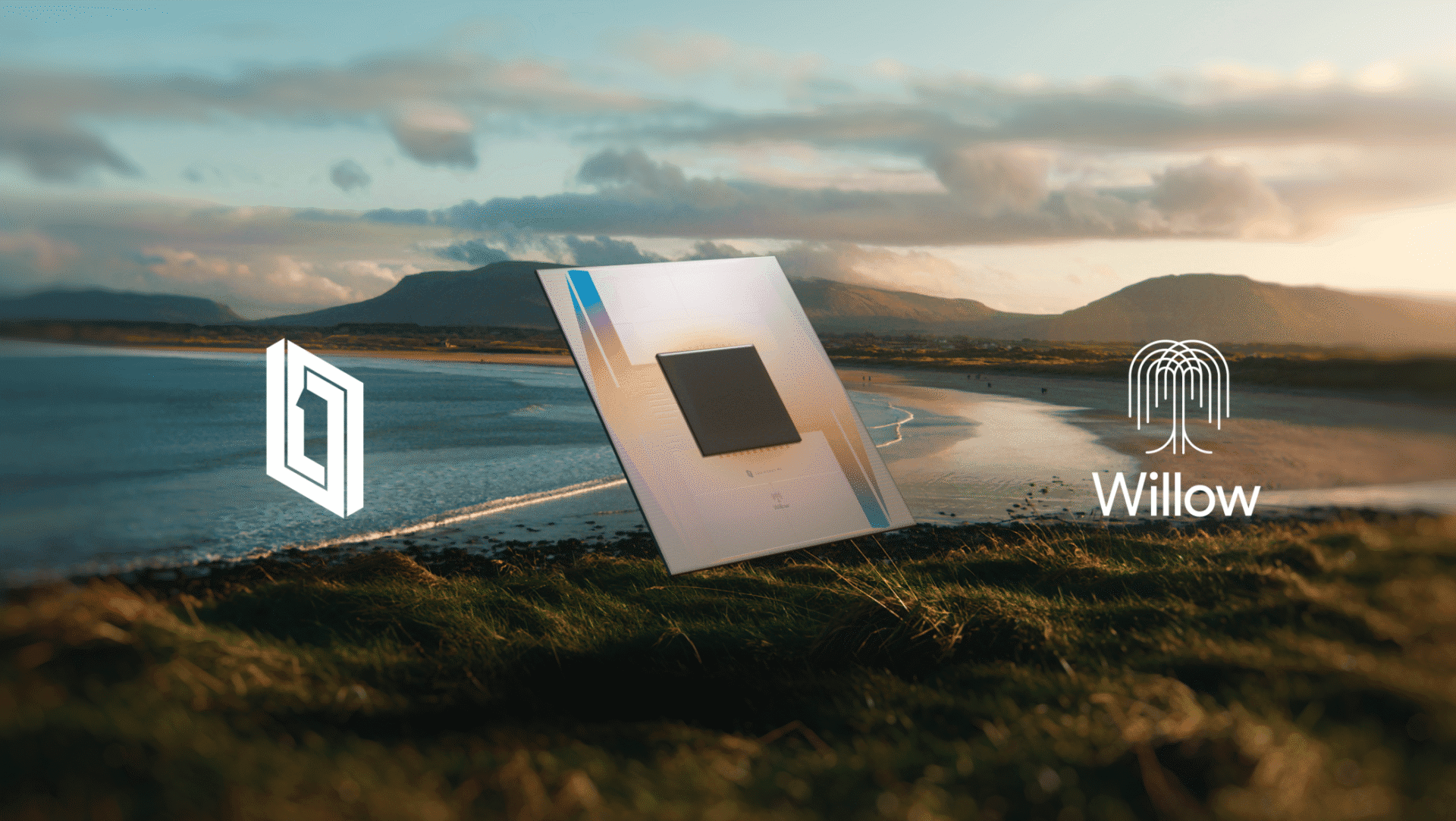Is quantum computing poised to revolutionize technology? Google’s latest innovation, the Willow quantum chip, suggests it might be.

In December 2024, Google unveiled Willow, a quantum processor that marks a significant leap in computational capabilities. This chip can perform complex calculations in under five minutes – a task that would take the fastest supercomputers 10 septillion years. To put that into perspective, 10 septillion years is over 700 trillion times the current age of the universe.
At the heart of Willow’s prowess is its 105-qubit architecture. Qubits, or quantum bits, are the fundamental units of quantum information. Unlike classical bits, which are binary, qubits can exist in multiple states simultaneously, thanks to the principles of quantum mechanics. This superposition enables quantum computers to process vast amounts of data in parallel, exponentially increasing their processing power.
However, qubits are notoriously sensitive to environmental disturbances, leading to errors in computations – a major hurdle in quantum computing. Willow addresses this challenge by implementing real-time error correction. As the number of qubits increases, Willow’s system reduces error rates, a significant advancement in the field. This breakthrough in error correction is crucial for scaling quantum computers to tackle real-world problems.
The implications of Willow’s capabilities are vast. Industries such as pharmaceuticals could see accelerated drug discovery processes, as quantum computers can simulate complex molecular interactions with unprecedented accuracy. In energy, quantum computing could optimize fusion reactions, bringing us closer to sustainable fusion energy. Additionally, advancements in battery design could lead to more efficient energy storage solutions, impacting everything from consumer electronics to electric vehicles.
The unveiling of Willow has also influenced the financial sector. Following the announcement, Alphabet Inc., Google’s parent company, saw its shares rise by over 5%, reflecting investor confidence in the potential of quantum computing to drive future technological innovations.
While Willow represents a monumental step forward, it’s important to note that practical, widespread applications of quantum computing are still on the horizon. Experts anticipate that fully operational quantum computers capable of solving everyday problems may become a reality by the end of this decade. Nonetheless, Willow’s development brings us closer to that future, showcasing the tangible progress being made.
In summary, Google’s Willow chip not only demonstrates the immense potential of quantum computing but also signifies a pivotal moment in the journey toward harnessing quantum mechanics for practical applications. As research continues to advance, the dream of quantum computing transforming industries and solving complex global challenges becomes increasingly attainable.















